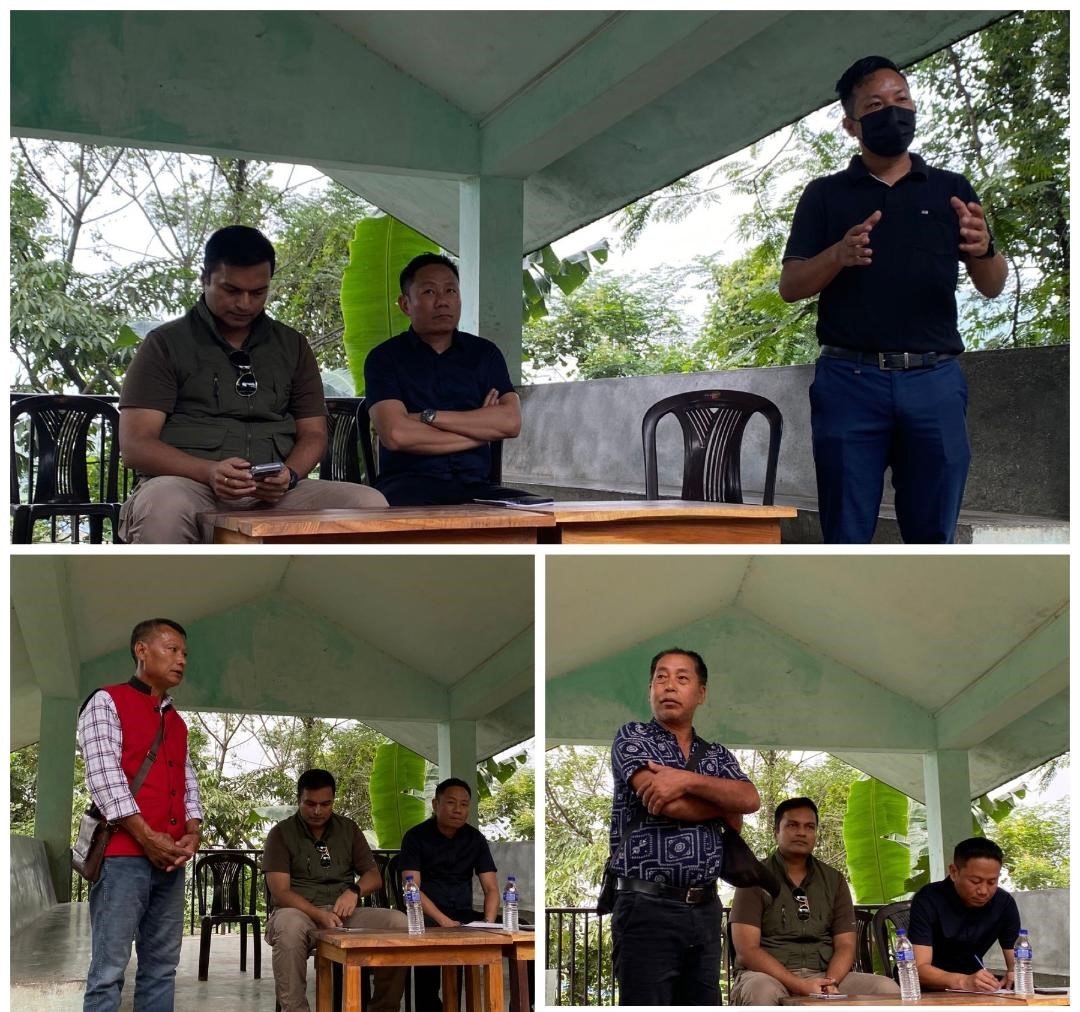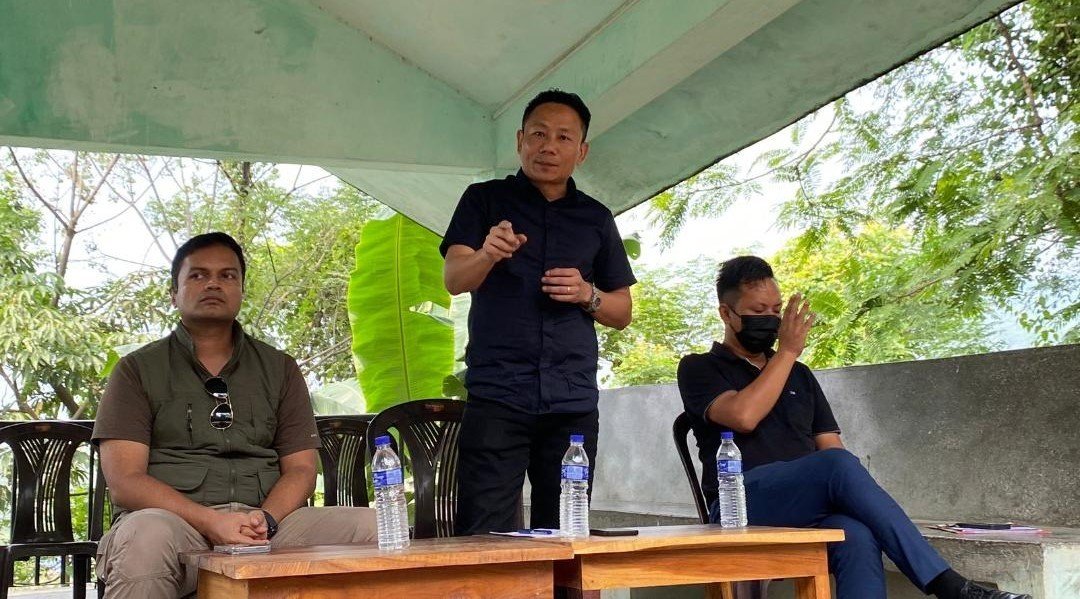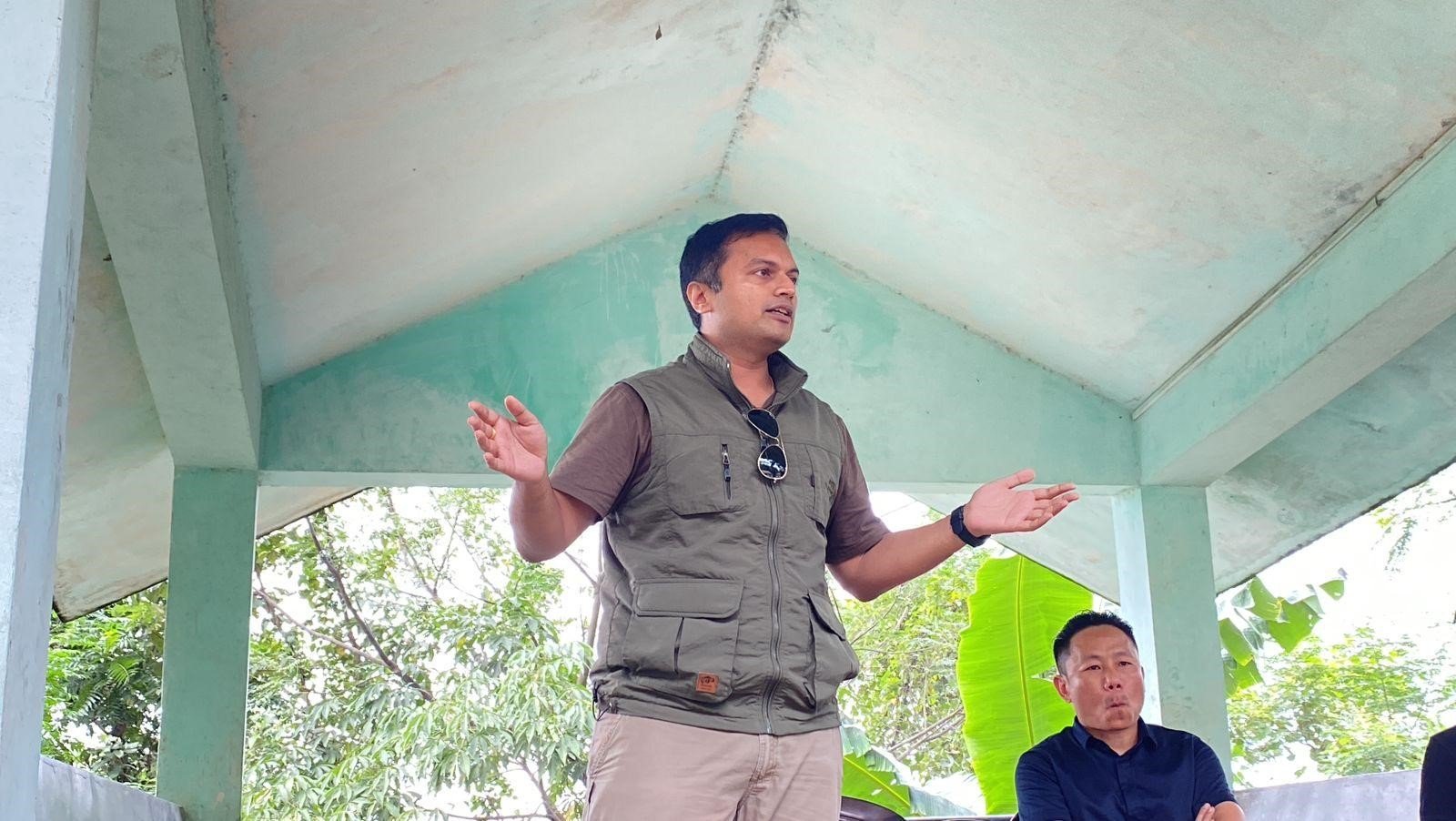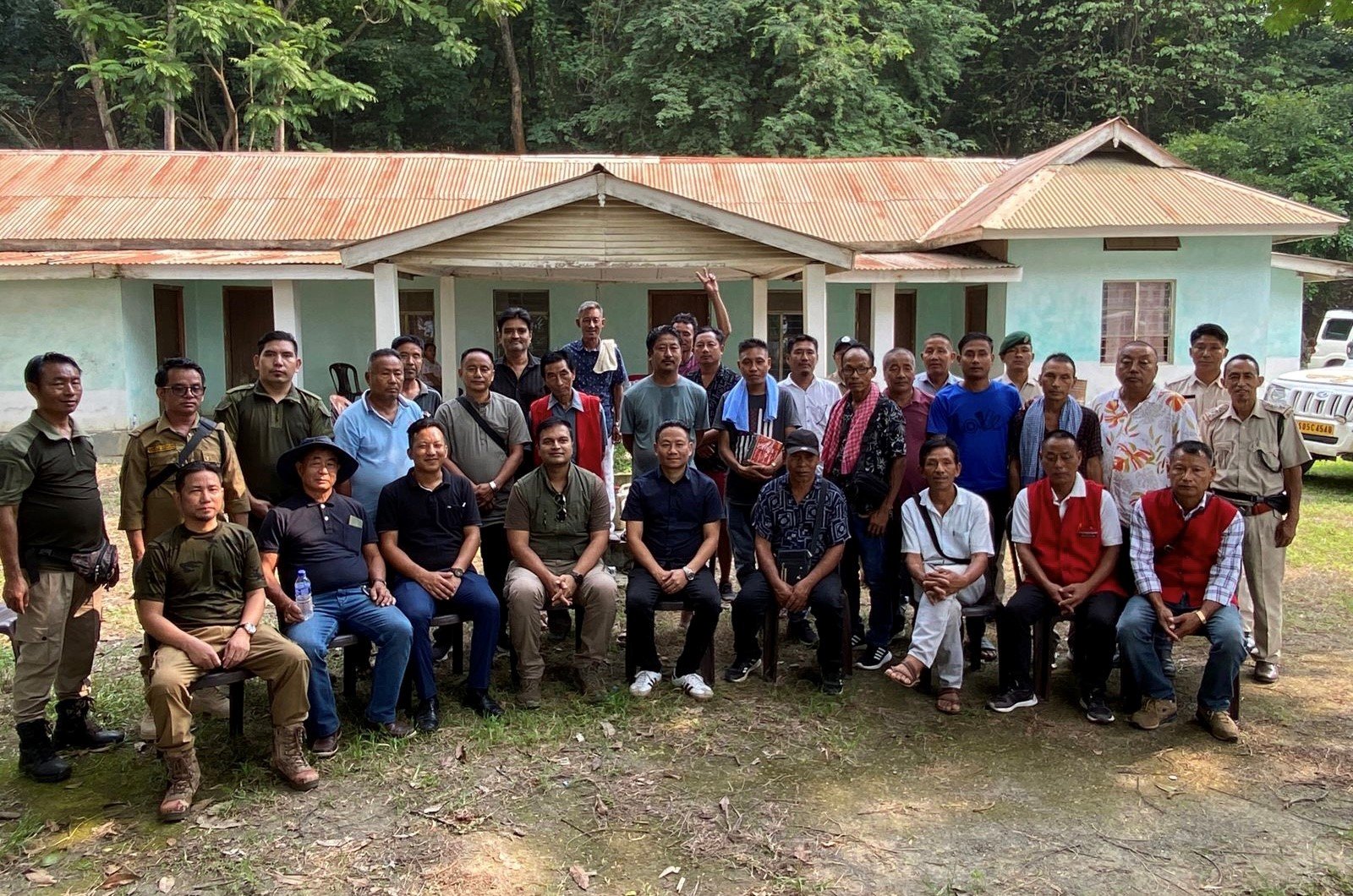The Wokha Forest Department convened a meeting at the Governor’s Camp for the Liphayan Beat, Wokha, on 16th October 2024 to discuss the pressing issue of human-elephant conflict. The meeting was attended by DFO Wokha, Suman W M Sivachar (IFS), Wildlife Warden, Tokaho Kinimi, IFS, GBs and chairmen from several villages affected by elephants.
During the meeting, the Village GBs and chairmen expressed their frustrations, explaining how the animals have been causing widespread destruction to years of hard work. They lamented the loss of their plantations, which involved significant financial investments, and voiced their desperation, as the elephants continue to destroy their only source of income.
The villagers also noted that the elephants are now venturing dangerously close to their homes and are no longer deterred by traditional methods like crackers. They urged the department to take swift action before the situation spirals out of control.

Wildlife Warden Tokaho Kinimi provided an overview of the state’s elephant population and the affected areas. He reported that the 2017 census recorded 446 elephants in Nagaland, and a new census is scheduled to take place soon. The major conflict zones include Peren, Dimapur, Niuland, Mokokchung, Wokha, Zunheboto, Longleng, and parts of Mon district.
Kinimi explained that elephants are a Schedule I species under the Wildlife Protection Act, with severe penalties for killing them. He highlighted that elephant habitats, which once spanned over 150 square kilometers, have now shrunk to less than 50 square kilometers due to farming and plantations. This reduction in habitat has forced elephants to seek food in human settlements, as each elephant requires approximately 50 kilograms of food daily.

To address the issue, the Wildlife Warden mentioned that a state action plan that has been submitted, though it is still pending approval, as well as plans for an elephant corridor project to facilitate safe movement for the animals.
DFO Wokha, Suman W M Sivachar, acknowledged the human-elephant conflict in the area but pointed out that the department faces challenges, including being understaffed. He explained that as per the 2017 All India Synchronized Elephant Estimation, Nagaland has 446 elephants, with an estimated 160 to 180 elephants in Wokha district.

Sivachar attributed the conflict to habitat fragmentation caused by farming and highway construction along the Assam-Nagaland border in the 1970s and 1980s, which trapped many elephants in the Doyang Valley. He reassured the villagers that efforts are underway to address the understaffing issue, as the state government is in the process of recruitment.
Elithung Odyuo, ACF Bhandari, in charge of Liphayan Beat, called for a collective solution, urging the villagers to cooperate with the department. He assured them that the department is working on a resolution and emphasized the importance of community support in managing the conflict.
In addition to the discussions, the wildlife wing trained the villagers on techniques to deter elephants both during the day and at night, demonstrating practical methods to protect their crops and homes from elephants.


